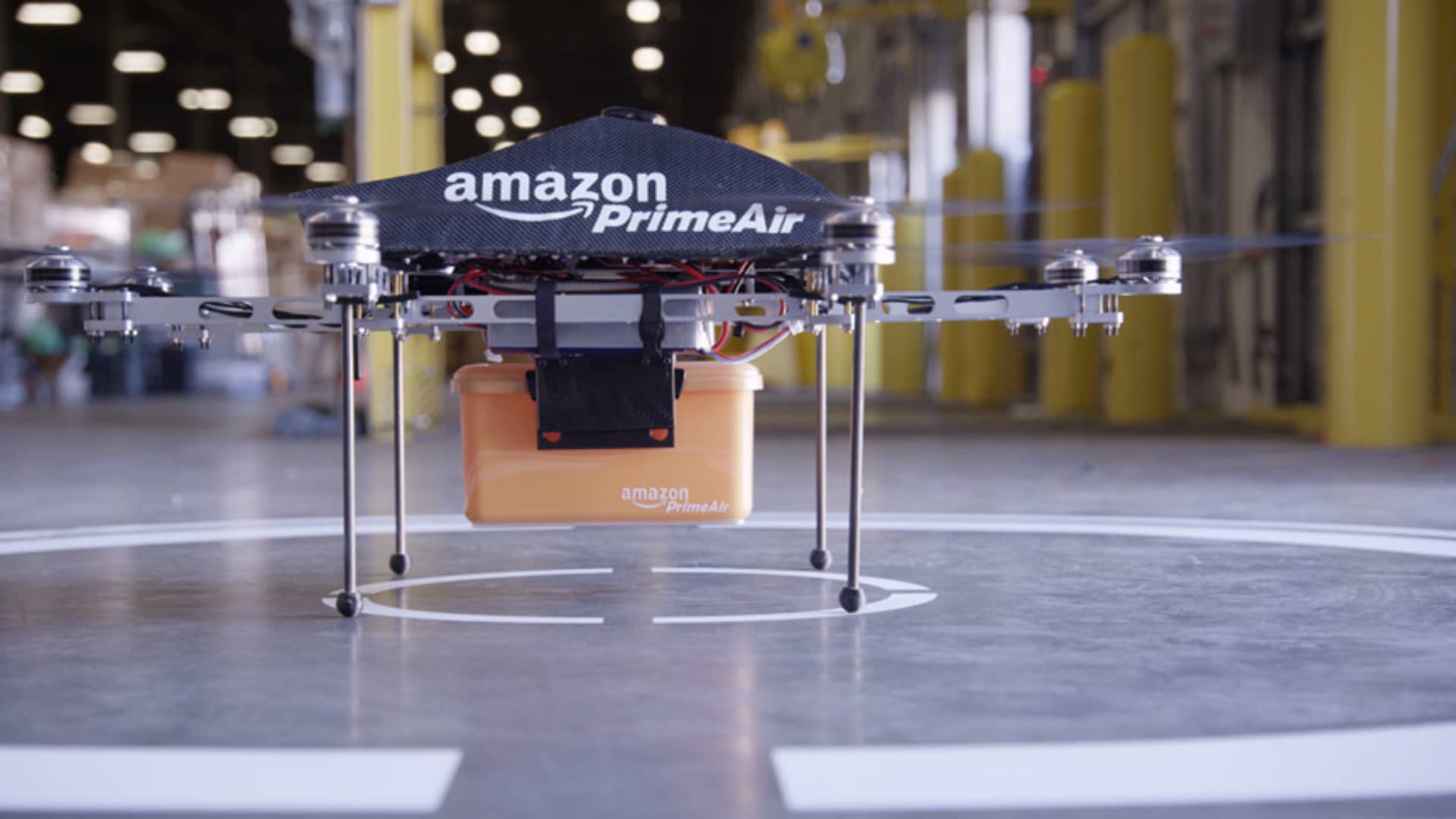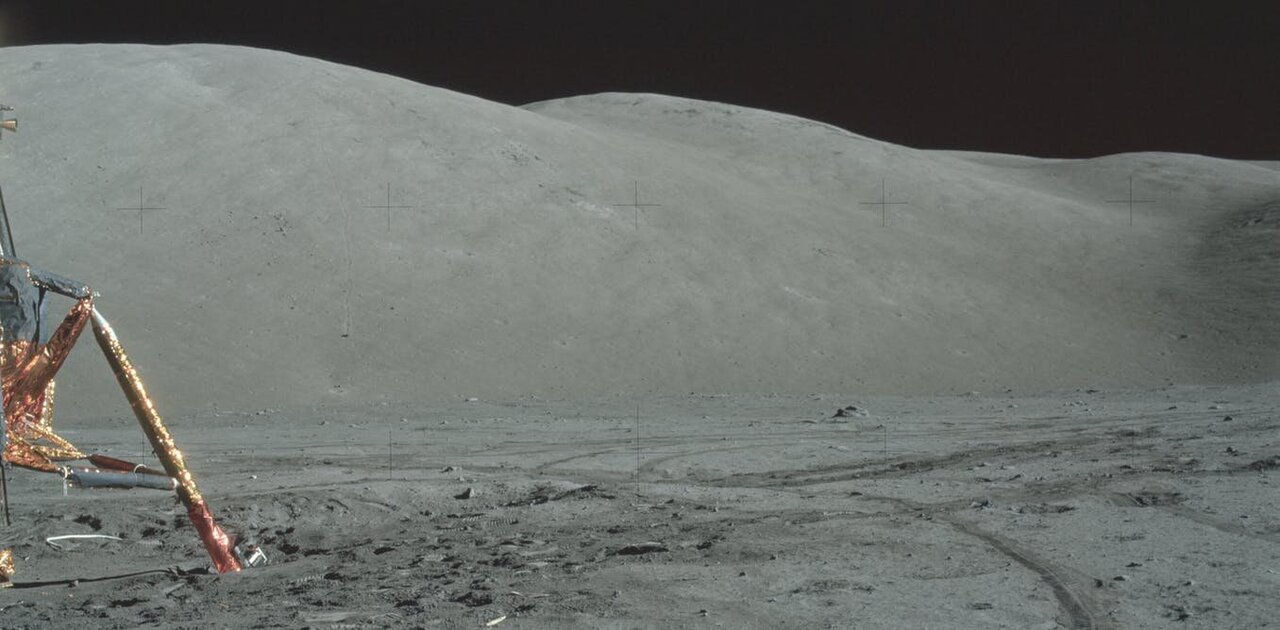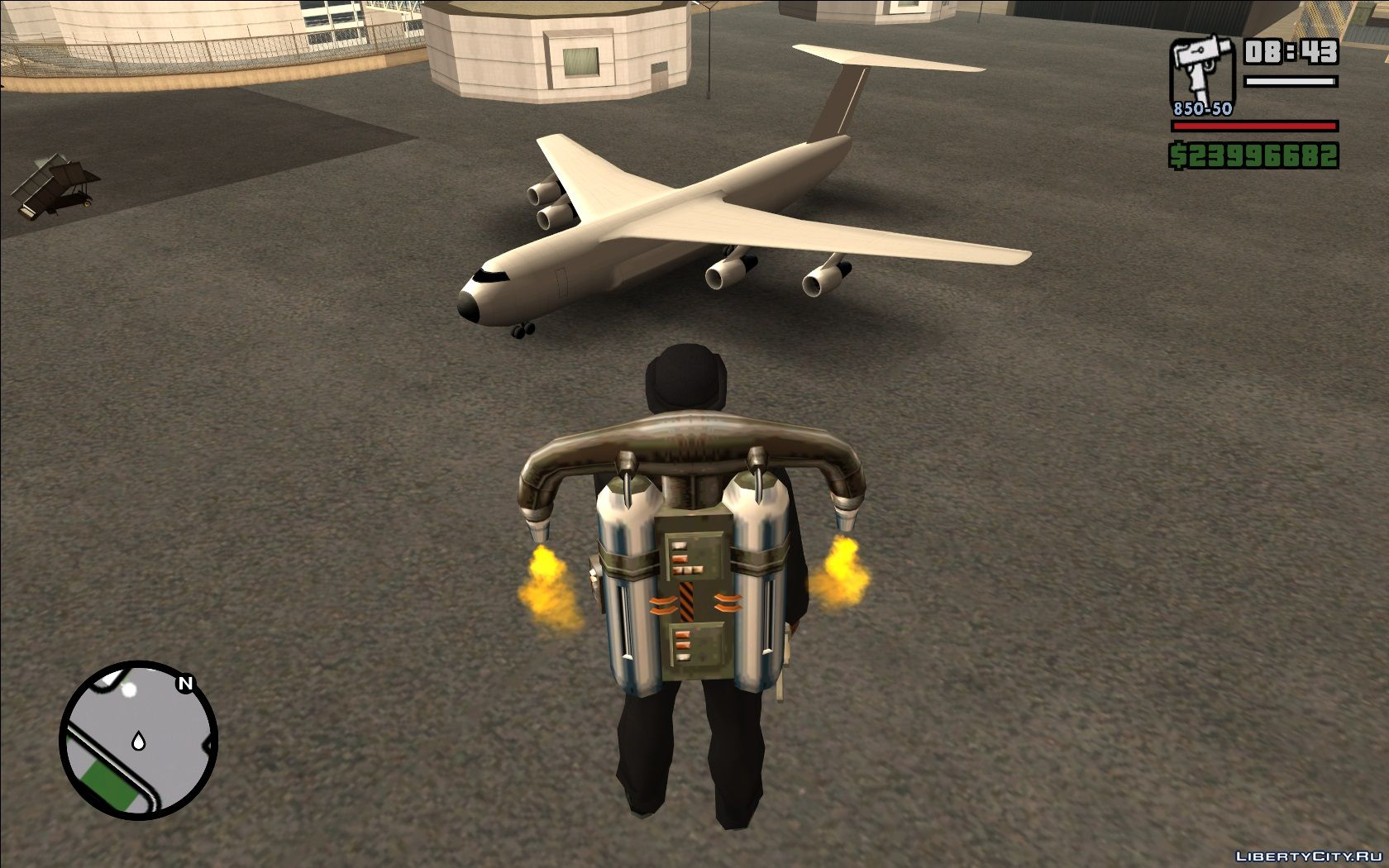In other news today...
-
@Rhywden what do you expect from people that range from using a "Corona policy" protest for demanding a peace treaty to "penguins are using 5G to infect us with video game addictions."
Oh, and of course people who feel no shame walking side by side with literal Nazis.Filed under: "The moon landing was fake." "Oh, you're one of those guys who believe in the moon?"
-
@Rhywden said in In other news today...:
In other news today: So, earlier this week some self-proclaimed "free thinkers" announced another demonstration against Covid and masks and stuff for today. Their last demonstration had to be shut down because they did not comply with distance and mask wearing rules.
So the responsible agency and the police told them to take a hike because they did not expect them to comply with the rules this time (as evidenced by the theme and previous experiences).
The morons promptly went to court which ruled that "because the organisators pinky-sweared that they would comply with the rules they are allowed to hold their demonstration".
Today, after about two hours of people gathering (before the actual start of the demo) the police announced that they would shut down the demo because multiple public reminders about the rules were not complied with.
The ruling judge:

It's insane how Europe works.
-
@GuyWhoKilledBear depends on what you compare it to.
-
-
-
-
-
⇑ Embed said in In other news today...:
With global food demands rising at an alarming rate, a study led by IUPUI scientists has found new evidence that a previously overlooked insect shows promise as alternative protein source: the yellow ...
...mealworm. Living up to its name.
Research led by Picard.
-
@PleegWat said in In other news today...:
No matter how efficient or something it might be, it is utterly impractical and would have a hard time satisfying that 90-second evacuation requirement. The designers just have to keep coming up with something.
-
-
@Dragoon said in In other news today...:
In south east asia, insects are a common food. Not "poor people's food", but also delicious snacks for the rich.
And now change the point of view: some countries in africa are plagued by locusts. Just imagine a few million people hanging some nets for catching the locusts and eating them...
-
@BernieTheBernie said in In other news today...:
In south east asia, insects are a common food. Not "poor people's food", but also delicious snacks for the rich.
And now change the point of view: some countries in africa are plagued by locusts. Just imagine a few million people hanging some nets for catching the locusts and eating them...Yeah, well, the problem with those is that you do not know what they've been eating. Might've been grain, might've been some toxic plants the locusts can tolerate but accumulate said toxins in their bodies...
-
@Bulb said in In other news today...:
No matter how efficient or something it might be, it is utterly impractical and would have a hard time satisfying that 90-second evacuation requirement.
As one of the collaborators in that project appears to be Airbus, I imagine that that requirement is known about. Just not modelled on that system. Demonstrating that the configuration can fly practically was rather more critical at this point; now that that's validated, larger designs can be worked upon (and those will eventually include the evacuation planning).
I'd imagine that not the whole width of the wing will be used for passengers. The trailing edge is very likely to be too narrow for that use case.
-
@dkf Airbus has a research department that needs to keep coming up with something and a marketing department that likes to show off with how good the things their research department comes up with are. But it's extremely unlikely they consider it anything more than playing around (and basic research that something might occasionally come out off) no matter what they say for PR reasons.
-
@Bulb If it gets better efficiency than current designs, you'll see a lot more of this going forward. Airlines are extremely interested in improving efficiency, given what a large proportion of their expenditure goes on fuel and how few alternatives there are there.
-
@dkf It almost certainly doesn't get better efficiency. Most likely some kind of lying with statistics. See e.g. here:
(FWIW that guy 1) appears to be an aircraft designer and 2) I am sure he wrote more such answers picking on the ways these studies are made to look good, but finding this one took rather too much google-fu already)
-
@dkf said in In other news today...:
@Bulb said in In other news today...:
No matter how efficient or something it might be, it is utterly impractical and would have a hard time satisfying that 90-second evacuation requirement.
As one of the collaborators in that project appears to be Airbus, I imagine that that requirement is known about. Just not modelled on that system. Demonstrating that the configuration can fly practically was rather more critical at this point; now that that's validated, larger designs can be worked upon (and those will eventually include the evacuation planning).
I'd imagine that not the whole width of the wing will be used for passengers. The trailing edge is very likely to be too narrow for that use case.
TU delft article (which I should have linked right away since it's in English)
https://www.tudelft.nl/en/2020/tu-delft/successful-maiden-flight-for-the-tu-delft-flying-v/
Apparently they're going back to software models with the data from the test flights, and will have more model flights in the future. One problem mentioned with the current model is the place of the centre of gravity during landing. I expect they need to have the shape and desired weight distribution down pretty tight before they can start planning interior distribution, including which parts are dedicated to fuel, passengers, and freight.
-
@Bulb said in In other news today...:
(FWIW that guy 1) appears to be an aircraft designer and 2) I am sure he wrote more such answers picking on the ways these studies are made to look good, but finding this one took rather too much google-fu already)
The design comes from the Aerospace Engineering department, and the people there have similar credentials.
But, regardless, exploring a new design in some detail doesn't seem like a bad idea? Right now they've shown a small scale engineering model/proof of concept, and have/will apparently mainly been/be working with simulations. Seems like a sensible approach to me.
Also remember that what we're reading is the PR release. PR will PR, for the better or worse.
-
@cvi said in In other news today...:
PR will PR, for the better or worse.
And what I am saying is basically that it's just PR.
-
@Bulb said in In other news today...:
And what I am saying is basically that it's just PR.
And what I'm saying is that you're just seeing PR because you're only reading/watching the PR releases. But for some reason you're still summarily dismissing the whole concept as infeasible.
-
@cvi said in In other news today...:
And what I'm saying is that you're just seeing PR because you're only reading/watching the PR releases. But for some reason you're still summarily dismissing the whole concept as infeasible.
It's the anti-Musk effect.
-
@cvi I linked to that reason.
Of course the concept is feasible. Flying wings flew 70 years ago. Full scale, production ones. They were never used as airliners then nor since…
-
@Bulb Your linked dude claims
When I get hold of such studies, they invariably use projected future technology and compare that with current standards.
but you want to instead project some 50 year old findings to today's standards? There has to be some sort of middle ground.
But the link does indeed raise a few concerns, which even I, as non-expert, can appreciate. I'm sure the people involved in the research are aware of those (rather basic) issues as well. I doubt they would push ahead if they thought they were unsolvable.
-
@Bulb said in In other news today...:
@cvi I linked to that reason.
Of course the concept is feasible. Flying wings flew 70 years ago. Full scale, production ones. They were never used as airliners then nor since…
It's my understanding that they were too unstable to be considered safe and it wasn't until the B-2 that technology had advanced enough to overcome that:
Flight controls[edit]
In order to address the inherent flight instability of a flying wing aircraft, the B-2 uses a complex quadruplex computer-controlled fly-by-wire flight control system that can automatically manipulate flight surfaces and settings without direct pilot inputs in order to maintain aircraft stability.[96] The flight computer receives information on external conditions such as the aircraft's current air speed and angle of attack via pitot-static sensing plates, as opposed to traditional pitot tubes which would impair the aircraft's stealth capabilities.[97] The flight actuation system incorporates both hydraulic and electrical servoactuated components, and it was designed with a high level of redundancy and fault-diagnostic capabilities.[98]
Northrop had investigated several means of applying directional control that would infringe on the aircraft's radar profile as little as possible, eventually settling on a combination of split brake-rudders and differential thrust.[89] Engine thrust became a key element of the B-2's aerodynamic design process early on; thrust not only affects drag and lift but pitching and rolling motions as well.[99] Four pairs of control surfaces are located along the wing's trailing edge; while most surfaces are used throughout the aircraft's flight envelope, the inner elevons are normally only in use at slow speeds, such as landing.[100] To avoid potential contact damage during takeoff and to provide a nose-down pitching attitude, all of the elevons remain drooped during takeoff until a high enough airspeed has been attained.[100]
Of course, I'm sure a lot of the details are still closely guarded but computers and aeronautics haven't been sitting still and often knowing that something is possible is the biggest hurdle so it wouldn't shock me if others had solved these problems independently.
-
@Bulb Yes, let's just stop researching, everything which is possible to discover has already been discovered.
Sentiment of late 19th century
I mean, it's not as if that hasn't happened before: Technology A is discovered, superceded by Technology B because A is too complicated at the time and only decades later Technology A is rediscovered and brought to practical application. Example: Transistor (A) and Vacuum Tube (B)
-
@boomzilla Flying wings stable all right. The complexities in B-2 stem from the constraints of stealth including the fact that it absolutely must not have a vertical stabilizer.
-





Who's got 50+ favorite websites anyway?
-
@Zecc said in In other news today...:





Who's got 50+ favorite websites anyway?
Might well be "Which of these 50 sites are in your history"
-
@Zecc said in In other news today...:
Ok, but shouldn't advertisers be unable to get the history already? So it basically just serves as validation for saying that site scripts must not be able to get the user's history.
-
@Bulb said in In other news today...:
Ok, but shouldn't advertisers be unable to get the history already? So it basically just serves as validation for saying that site scripts must not be able to get the user's history.
They definitely shouldn't be able to see the history except for the history of pages with the exact same origin as the script. It's less important to ban access to the history on the origin site, since that's information that the site already theoretically has (since they can use cookies as correlation IDs). The side effect of this would be that code loaded from a CDN would not be able to usefully access the history API, but

-
-
@Rhywden said in In other news today...:
@Bulb Yes, let's just stop researching, everything which is possible to discover has already been discovered.
Sentiment of late 19th century
I mean, it's not as if that hasn't happened before: Technology A is discovered, superceded by Technology B because A is too complicated at the time and only decades later Technology A is rediscovered and brought to practical application. Example: Transistor (A) and Vacuum Tube (B)
The transistor was discovered before the vacuum tube? Source?
-
@Mason_Wheeler Okay, Ferdinand Braun "only" discovered the semi-conductor diode 1870(?). But since a transistor is basically nothing but two diodes combined, the principle was there for the taking - I mean, he did use it for his crystal-detector.
And the first vacuum tubes were only diodes as well (first patent in 1904 by Fleming).
-
@Rhywden said in In other news today...:
since a transistor is basically nothing but two diodes combined, the principle was there for the taking
Not really. It is the thin layer of semiconductor between the two diode junctions that allows the charge carriers (electrons or holes) to pass through the base without recombining with the opposite-polarity carriers.
In a BJT, a small current into (or out of, depending type of transistor (PNP or NPN) and polarity of voltages applied (which dictates the type of transistor, or vice versa)) the base controls a much larger current flowing from the collector to the emitter. That can't happen in two diodes connected together; the two diodes have to be made in the same piece of silicon, germanium, or other semiconductor material. That took another 73 years (1874–1947), and even after a working transistor was developed, it took another year to figure out how it worked.
There is a different type of transistor, FET, that was described (patents were issued describing how they worked, but it's unclear whether any were actually made) as early as 1925. This is the type of transistor Shockley et al. were trying to make, but were unsuccessful. In the process of trying to understand the failure, they discovered first the point-contact and then bipolar-junction transistors. The first practical FET was made in 1953. FETs can be made much smaller than BJTs, and are the type of transistors used in all modern digital electronics and a lot of analog electronics. They work on a completely different principle — they use an electric field to constrict or expand a conducting channel, changing the resistance of the channel and thus the amount of current flowing through it — and don't use diode junctions at all, at least not as diodes.
he did use it for his crystal-detector
This does not require any transistor-like properties. Purely diode.

(Wow. Transparent PNG fails when pasted into TDWTF. Anyway, explained here.)
-
-
-
@HardwareGeek said in In other news today...:
the two diodes have to be made in the same piece of silicon, germanium, or other semiconductor material.
I know that. Hence the word "combined", as opposed to attached, soldered together or connected by wire. No need for the history lesson, dude. Of course I did forget that on this board you have to hyper-maximum-specific. But thank you for needlessly writing down stuff I already knew but didn't really want to write down a wall of text.
My original point stands.
-
@Dragoon INB4


-
@Rhywden said in In other news today...:
@HardwareGeek said in In other news today...:
the two diodes have to be made in the same piece of silicon, germanium, or other semiconductor material.
I know that. Hence the word "combined", as opposed to attached, soldered together or connected by wire. No need for the history lesson, dude. ...
My original point stands.
My point is that it was not "there for the taking". It took over 70 years, during the last 3 or 4 of which it was the subject of active research by some really bright PhDs backed by one of the world's best research labs. And even then, they didn't succeed at what they were originally attempting to make, but stumbled upon a different kind of thing.
-
I had a
 comment in my post originally, but removed it as this is not the garage.
comment in my post originally, but removed it as this is not the garage.
-
-
Not even out yet, and it's already nearly useless to consider buying any of the first wave of RTX 3000 cards.
-
-
@Atazhaia said in In other news today...:
Not even out yet, and it's already nearly useless to consider buying any of the first wave of RTX 3000 cards.
As this article points out, Lenovo once listed a GTX 1180, so it might not even be accurate.
-
@loopback0 It's also pretty much a given that there will be Ti versions. The better question: Will they do "Super" versions like with the 20xx?
-
@Rhywden said in In other news today...:
@loopback0 It's also pretty much a given that there will be Ti versions. The better question: Will they do "Super" versions like with the 20xx?
The article I linked to mentions Super variants of the 3070 (from Lenovo's site, hence its warning about the 1180) and the 3060 (from nVidia's roadmap).
-
@Zecc
Midget PC Repair? Solving your PC problems at low prices!:shows_himself_out:
-
Ms Birch said she placed an advert for a "happy" part-time, fully qualified, stylist on the Jobcentre website on Wednesday morning.
But an hour and a half later, she was "amazed" when she got a call from the DWP.
"They said we can't place your advert because you have put a discriminatory word in it and we need to change it," she said.
"They said you're not allowed to use the word happy, in case somebody thinks they can't apply because they are not a happy person."
-
@loopback0 said in In other news today...:
Ms Birch said she placed an advert for a "happy" part-time, fully qualified, stylist on the Jobcentre website on Wednesday morning.
But an hour and a half later, she was "amazed" when she got a call from the DWP.
"They said we can't place your advert because you have put a discriminatory word in it and we need to change it," she said.
"They said you're not allowed to use the word happy, in case somebody thinks they can't apply because they are not a happy person."
Is it some kind of language trap again?
Reminds me of the of one (semi-)famous artist (photographer I think) who immigrated to USA in 1950s/1960s and later recalled: "I was broke, jobless, had no place to stay, barely scrapped money for food and struggled to learn a new language, but everyone said that I am happy!"
-
@loopback0 said in In other news today...:
Ms Birch said she placed an advert for a "happy" part-time, fully qualified, stylist on the Jobcentre website on Wednesday morning.
But an hour and a half later, she was "amazed" when she got a call from the DWP.
"They said we can't place your advert because you have put a discriminatory word in it and we need to change it," she said.
"They said you're not allowed to use the word happy, in case somebody thinks they can't apply because they are not a happy person."
Well, if happy is a naughty word, just phrase it like job ads in it: a positive disposition is advantageous for the proposed position.


/i/1257342214.png?f=meta)

 Northrop B-2 Spirit - Wikipedia
Northrop B-2 Spirit - Wikipedia

 Mozilla research: Browsing histories are unique enough to reliably identify users
Mozilla research: Browsing histories are unique enough to reliably identify users









